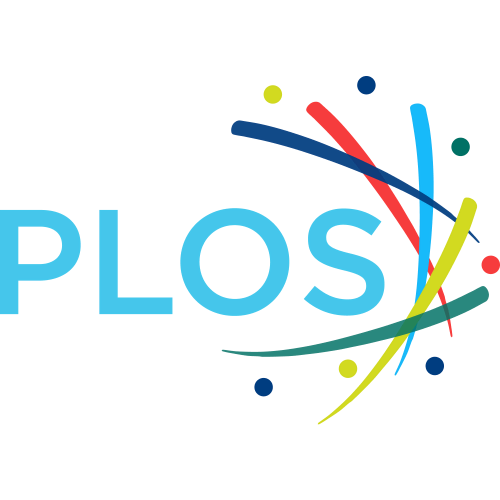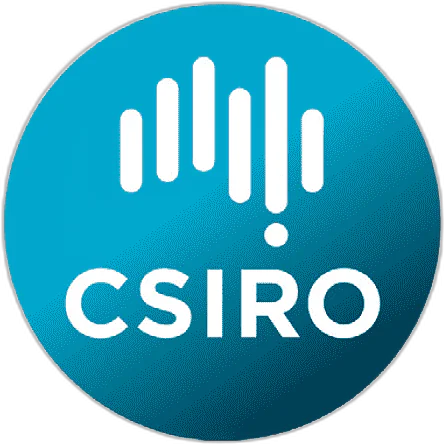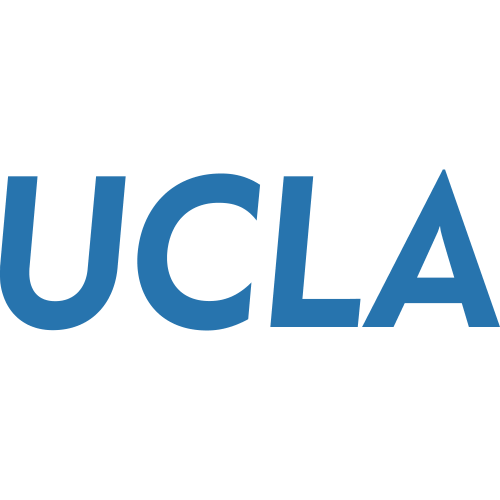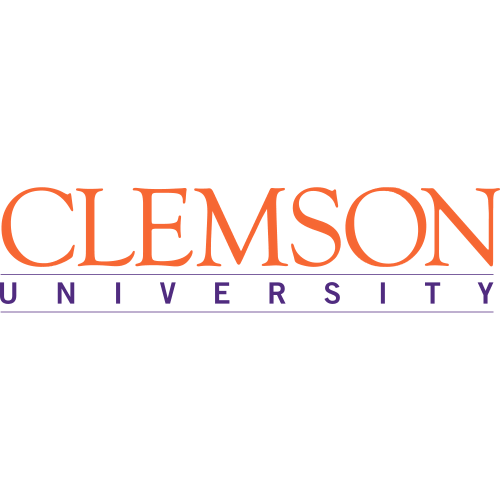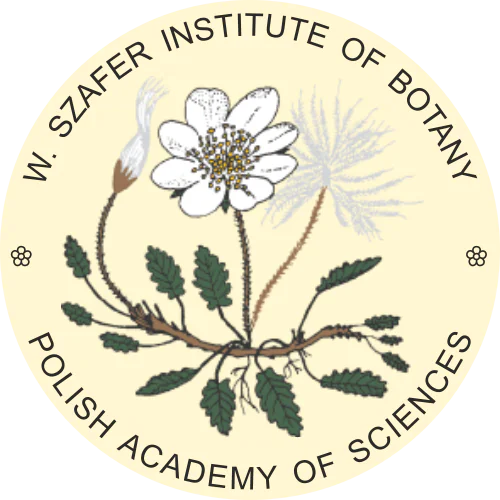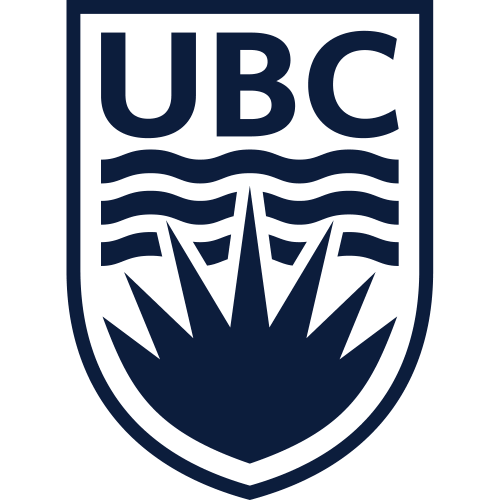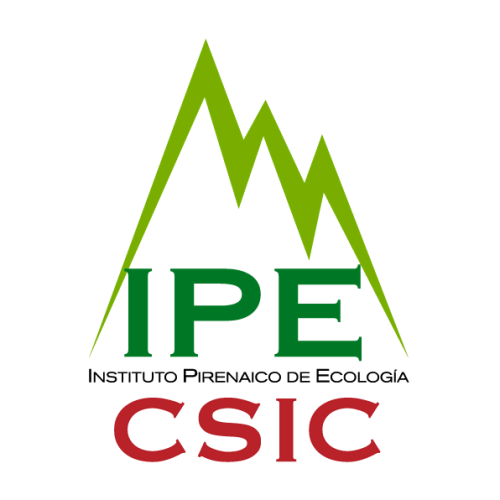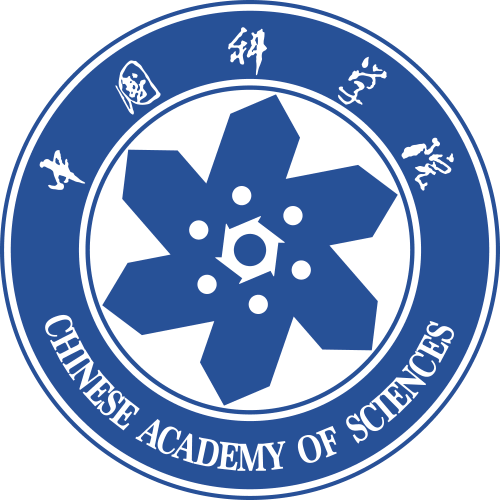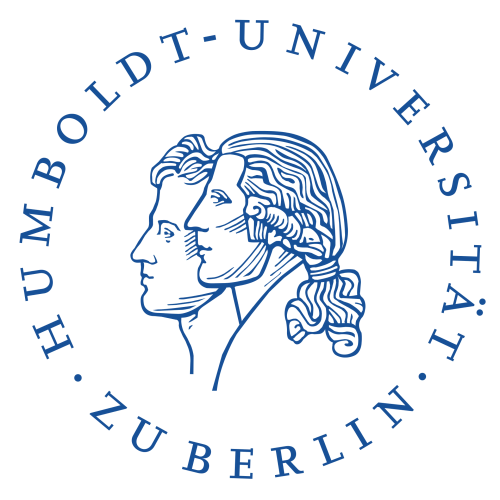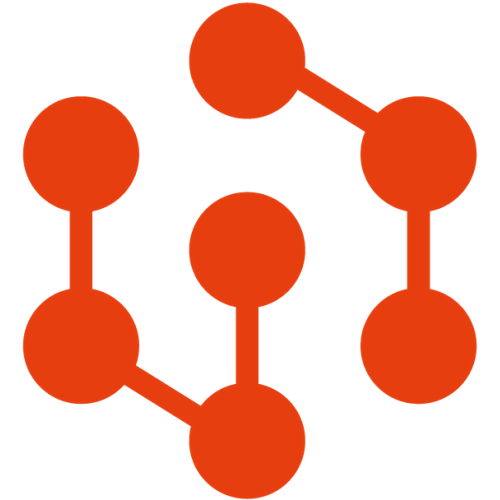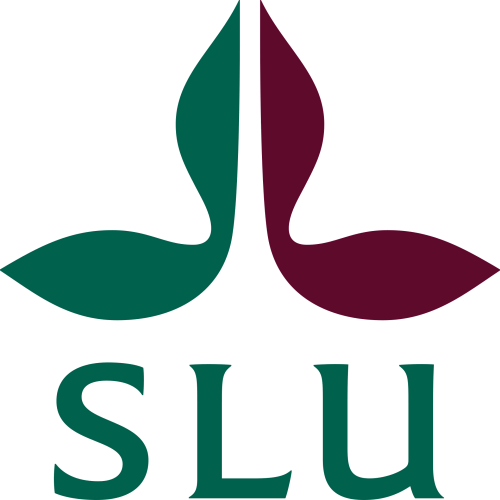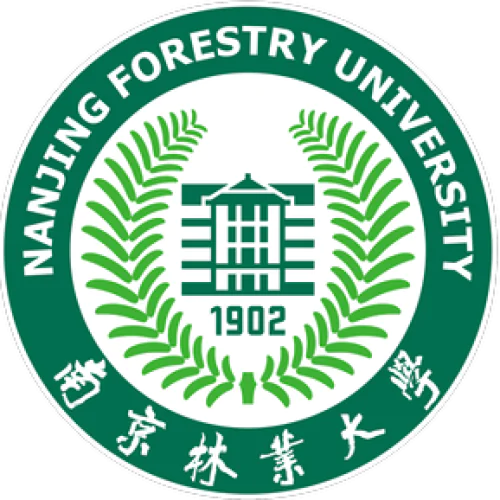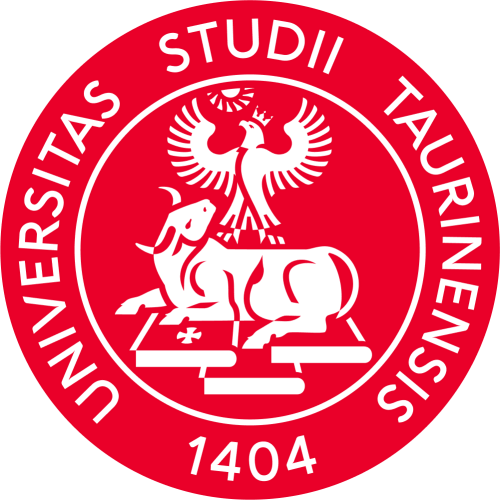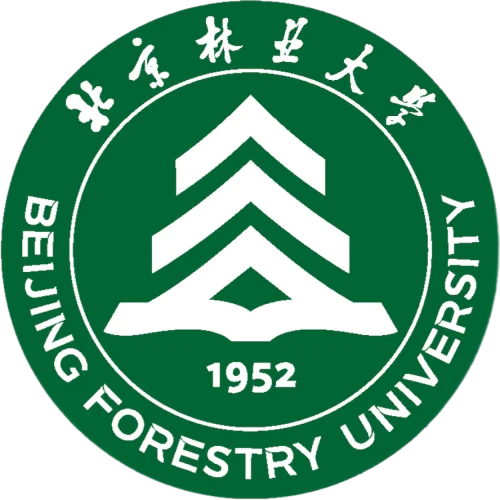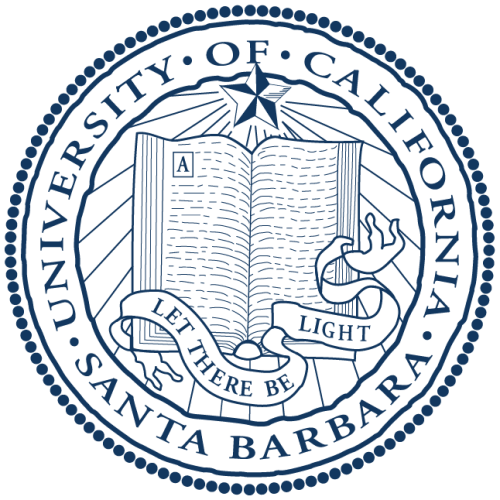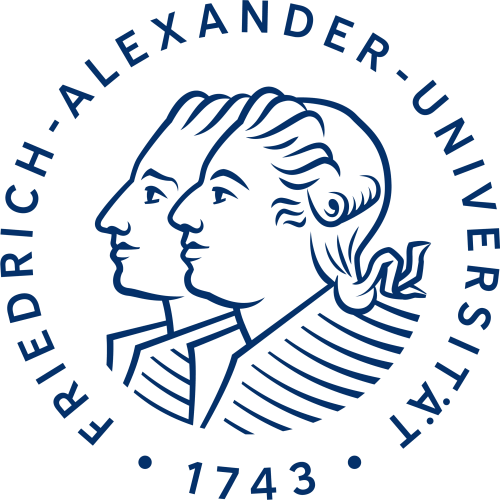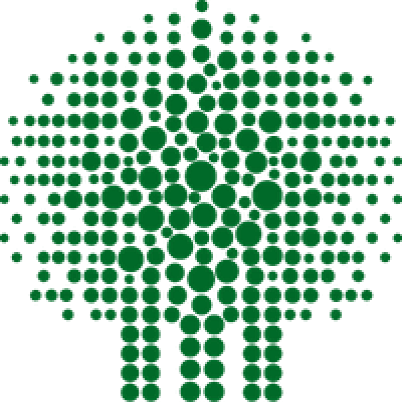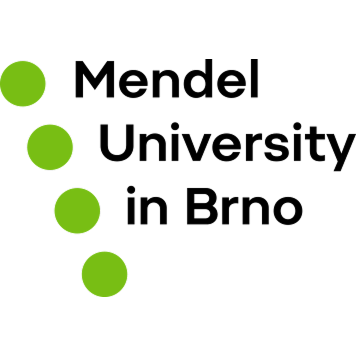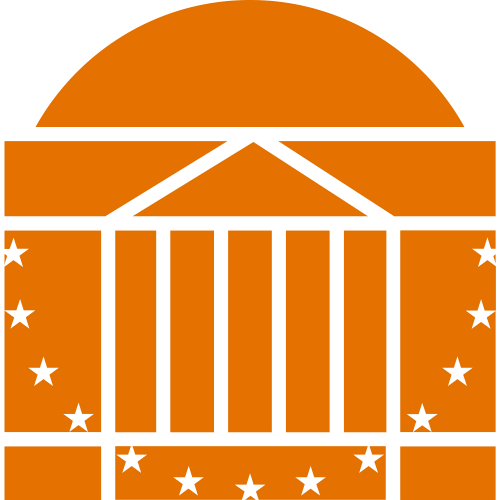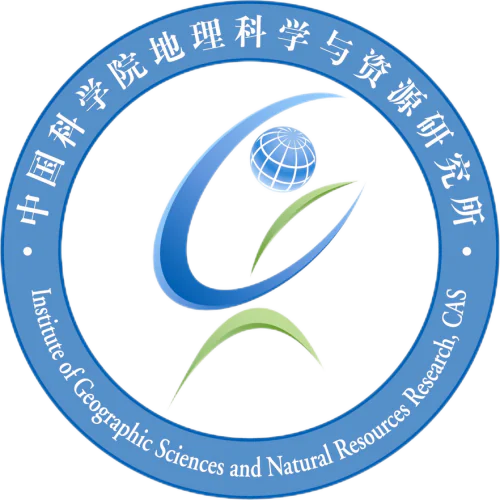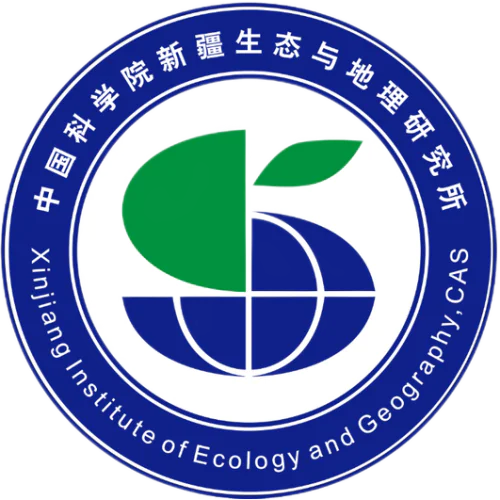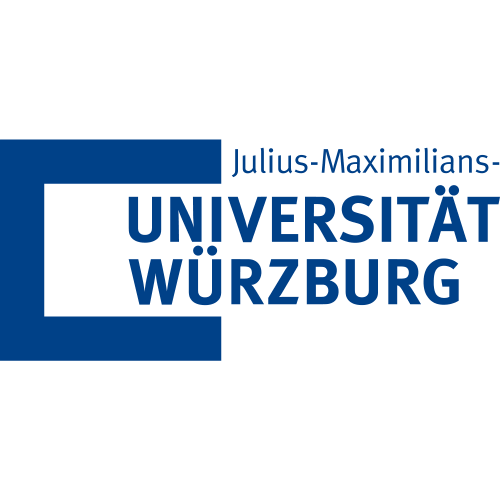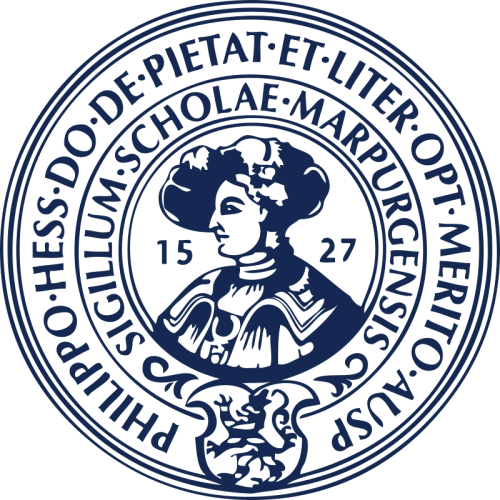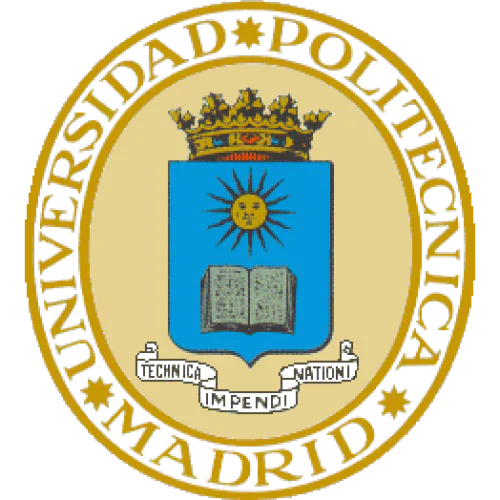
Ann M Lynch
PhD in Agricultural sciences, professor
Publications
30
Citations
1 000
h-index
14
About
My research fields are forest entomology, forest disturbance ecology, dendrochronology, and sampling design for forest insects and their damage. I focus on Southwestern high elevation ecosystems, mixed-conifer forests, spruce-fir forests, Choristoneura sp., Elatobium abietinum, and forest defoliators. I am affiliated faculty at the Laboratory of Tree-Ring Research at the University of Arizona, and am a retired Research Entomologist with the Rocky Mountain Research Station, U.S. Forest Service.
Research interests
Found
Nothing found, try to update filter.
Found
Nothing found, try to update filter.
Found
Nothing found, try to update filter.
Total publications
30
Total citations
1000
Citations per publication
33.33
Average publications per year
0.6
Average coauthors
4.1
Publications years
1976-2025 (50 years)
h-index
14
i10-index
18
m-index
0.28
o-index
60
g-index
30
w-index
6
Metrics description
h-index
A scientist has an h-index if h of his N publications are cited at least h times each, while the remaining (N - h) publications are cited no more than h times each.
i10-index
The number of the author's publications that received at least 10 links each.
m-index
The researcher's m-index is numerically equal to the ratio of his h-index to the number of years that have passed since the first publication.
o-index
The geometric mean of the h-index and the number of citations of the most cited article of the scientist.
g-index
For a given set of articles, sorted in descending order of the number of citations that these articles received, the g-index is the largest number such that the g most cited articles received (in total) at least g2 citations.
w-index
If w articles of a researcher have at least 10w citations each and other publications are less than 10(w+1) citations, then the researcher's w-index is equal to w.
Top-100
Fields of science
|
2
4
6
8
10
12
14
|
|
|
Forestry
|
Forestry, 14, 46.67%
Forestry
14 publications, 46.67%
|
|
Ecology
|
Ecology, 9, 30%
Ecology
9 publications, 30%
|
|
Nature and Landscape Conservation
|
Nature and Landscape Conservation, 7, 23.33%
Nature and Landscape Conservation
7 publications, 23.33%
|
|
Management, Monitoring, Policy and Law
|
Management, Monitoring, Policy and Law, 6, 20%
Management, Monitoring, Policy and Law
6 publications, 20%
|
|
Plant Science
|
Plant Science, 4, 13.33%
Plant Science
4 publications, 13.33%
|
|
Ecology, Evolution, Behavior and Systematics
|
Ecology, Evolution, Behavior and Systematics, 4, 13.33%
Ecology, Evolution, Behavior and Systematics
4 publications, 13.33%
|
|
Global and Planetary Change
|
Global and Planetary Change, 4, 13.33%
Global and Planetary Change
4 publications, 13.33%
|
|
General Medicine
|
General Medicine, 2, 6.67%
General Medicine
2 publications, 6.67%
|
|
General Chemistry
|
General Chemistry, 1, 3.33%
General Chemistry
1 publication, 3.33%
|
|
General Biochemistry, Genetics and Molecular Biology
|
General Biochemistry, Genetics and Molecular Biology, 1, 3.33%
General Biochemistry, Genetics and Molecular Biology
1 publication, 3.33%
|
|
Multidisciplinary
|
Multidisciplinary, 1, 3.33%
Multidisciplinary
1 publication, 3.33%
|
|
General Physics and Astronomy
|
General Physics and Astronomy, 1, 3.33%
General Physics and Astronomy
1 publication, 3.33%
|
|
Environmental Chemistry
|
Environmental Chemistry, 1, 3.33%
Environmental Chemistry
1 publication, 3.33%
|
|
General Environmental Science
|
General Environmental Science, 1, 3.33%
General Environmental Science
1 publication, 3.33%
|
|
Physiology
|
Physiology, 1, 3.33%
Physiology
1 publication, 3.33%
|
|
Insect Science
|
Insect Science, 1, 3.33%
Insect Science
1 publication, 3.33%
|
|
Radiology, Nuclear Medicine and imaging
|
Radiology, Nuclear Medicine and imaging, 1, 3.33%
Radiology, Nuclear Medicine and imaging
1 publication, 3.33%
|
|
Environmental Science (miscellaneous)
|
Environmental Science (miscellaneous), 1, 3.33%
Environmental Science (miscellaneous)
1 publication, 3.33%
|
|
Urban Studies
|
Urban Studies, 1, 3.33%
Urban Studies
1 publication, 3.33%
|
|
2
4
6
8
10
12
14
|
Journals
|
1
2
3
4
5
|
|
|
Forest Ecology and Management
5 publications, 16.67%
|
|
|
Canadian Journal of Forest Research
3 publications, 10%
|
|
|
Forests
3 publications, 10%
|
|
|
Journal of Economic Entomology
1 publication, 3.33%
|
|
|
Radiology Case Reports
1 publication, 3.33%
|
|
|
Ecosphere
1 publication, 3.33%
|
|
|
Global Change Biology
1 publication, 3.33%
|
|
|
Nature Communications
1 publication, 3.33%
|
|
|
Fire Ecology
1 publication, 3.33%
|
|
|
Journal of Forestry
1 publication, 3.33%
|
|
|
Dendrochronologia
1 publication, 3.33%
|
|
|
Ecological Applications
1 publication, 3.33%
|
|
|
Biological Conservation
1 publication, 3.33%
|
|
|
Environmental Entomology
1 publication, 3.33%
|
|
|
Ecological Monographs
1 publication, 3.33%
|
|
|
New Phytologist
1 publication, 3.33%
|
|
|
Landscape and Urban Planning
1 publication, 3.33%
|
|
|
PLoS ONE
1 publication, 3.33%
|
|
|
Southern Journal of Applied Forestry
1 publication, 3.33%
|
|
|
Professional Psychology
1 publication, 3.33%
|
|
|
1
2
3
4
5
|
Citing journals
Publishers
|
1
2
3
4
5
6
7
8
9
|
|
|
Elsevier
9 publications, 30%
|
|
|
Wiley
5 publications, 16.67%
|
|
|
Oxford University Press
3 publications, 10%
|
|
|
MDPI
3 publications, 10%
|
|
|
Canadian Science Publishing
3 publications, 10%
|
|
|
Springer Nature
2 publications, 6.67%
|
|
|
Public Library of Science (PLoS)
1 publication, 3.33%
|
|
|
Entomological Society of America
1 publication, 3.33%
|
|
|
American Psychological Association (APA)
1 publication, 3.33%
|
|
|
1
2
3
4
5
6
7
8
9
|
Organizations from articles
Countries from articles
|
5
10
15
20
25
|
|
|
USA
|
USA, 24, 80%
USA
24 publications, 80%
|
|
Country not defined
|
Country not defined, 7, 23.33%
Country not defined
7 publications, 23.33%
|
|
Kazakhstan
|
Kazakhstan, 2, 6.67%
Kazakhstan
2 publications, 6.67%
|
|
Spain
|
Spain, 1, 3.33%
Spain
1 publication, 3.33%
|
|
Canada
|
Canada, 1, 3.33%
Canada
1 publication, 3.33%
|
|
Mexico
|
Mexico, 1, 3.33%
Mexico
1 publication, 3.33%
|
|
Poland
|
Poland, 1, 3.33%
Poland
1 publication, 3.33%
|
|
Switzerland
|
Switzerland, 1, 3.33%
Switzerland
1 publication, 3.33%
|
|
5
10
15
20
25
|
Citing organizations
Citing countries
- We do not take into account publications without a DOI.
- Statistics recalculated daily.
Data by ORCID










